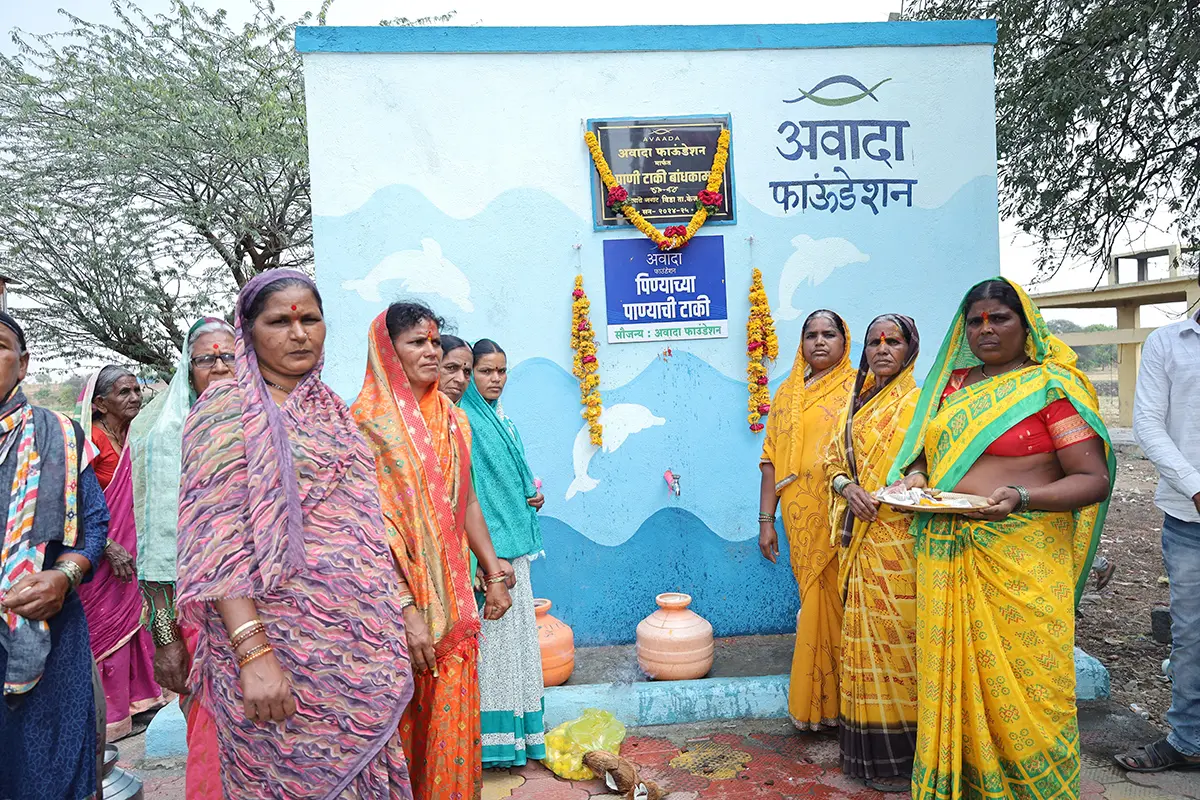Nav Kiran Stitching Centres, By Avaada Foundation, located in diverse regions of India, stands as a testament to the power of skill development and women’s empowerment. Each center, with its unique story, collectively weaves a narrative of transformation and independence.
1.Nav Kiran Stitching Centre, Jayapur, Varanasi, Uttar Pradesh:
In the historic city of Varanasi, the Jayapur center emerged as a beacon of hope for local women. Initially, many lacked the skills or opportunities to earn a livelihood. The center not only taught them stitching but also provided a supportive community. Women who once depended on their families for financial support became skilled artisans, contributing to both their households and the local economy. The centre’s impact is seen in the vibrant array of textiles produced, reflecting the rich cultural heritage of Varanasi.
2.Nav Kiran Stitching Centre, Talsana, Surendranagar, Gujarat:
Talsana’s center in Gujarat has a unique story. Here, the focus was on bridging the gap between traditional craft and modern design. Women learned not just basic stitching but also contemporary fashion trends, enabling them to produce garments that appeal to broader markets. This fusion of tradition and innovation opened new avenues for employment and entrepreneurship, significantly enhancing the women’s economic independence.
3.Nav Kiran Stitching Centres, Bherukhera and Nursar, Bikaner, Rajasthan:
In the arid landscapes of Bikaner, Rajasthan, the Bherukhera and Nursar centers brought a wave of change. Known for their intricate embroidery and traditional Rajasthani designs, these centres helped preserve and promote regional handicrafts. More importantly, they empowered women to become custodians of their heritage. Many women, who had never stepped out of their homes for work, started to earn respect and recognition for their skills, transforming not only their lives but also altering societal perceptions about women’s work and capabilities.
In summary, the Nav Kiran Stitching Centres across these locations have been more than just skill-training hubs. They have been catalysts for social change, empowering women, preserving local crafts, and promoting economic independence. Their success is a beacon of inspiration, showing how skill development can be a powerful tool for empowerment and cultural preservation.








